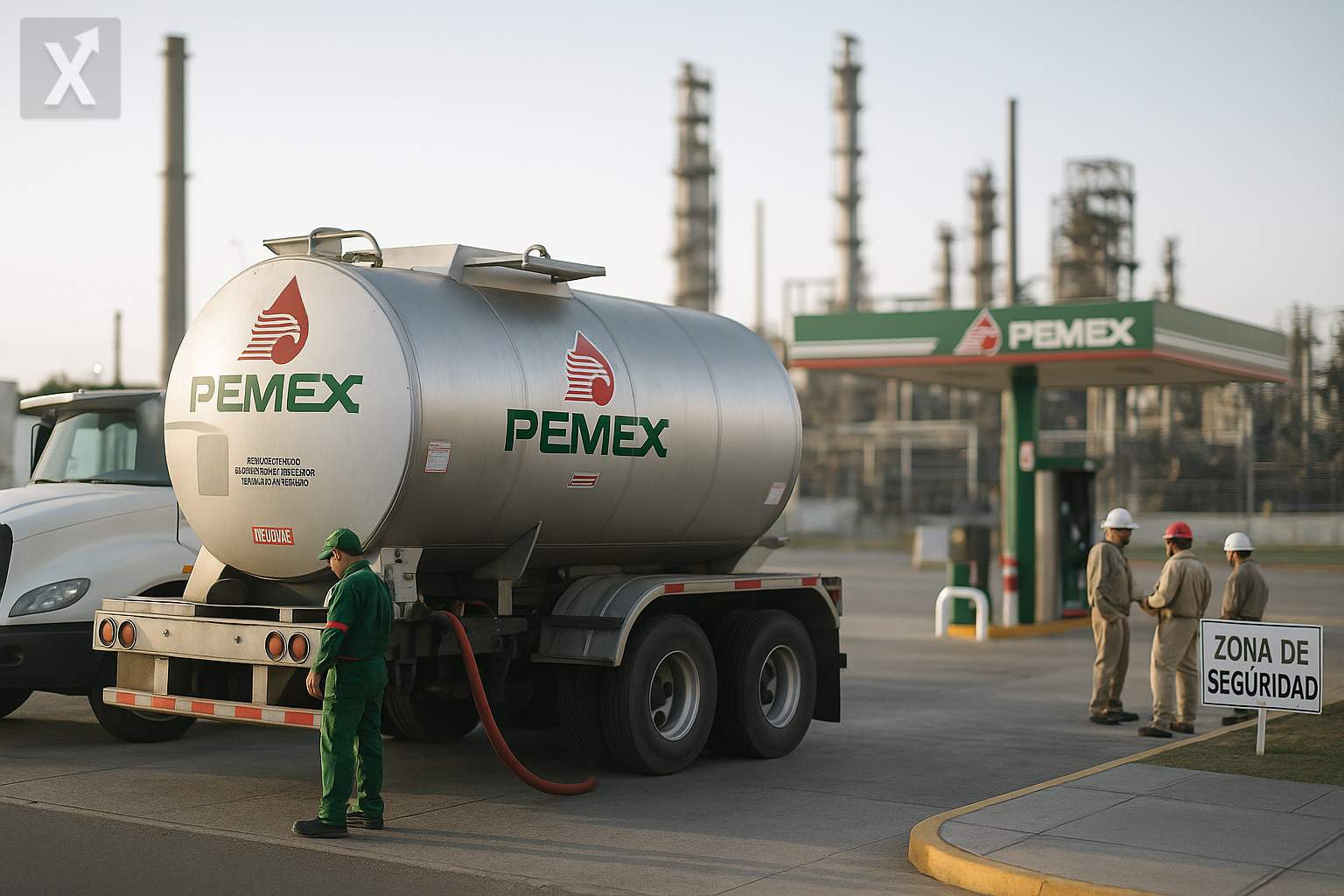Growth in Refining Employment Driven by Industry Surge, but Financial and Structural Challenges Persist

The oil refining sector in Mexico experienced a significant rebound in employment over the past year, reversing a downward trend that had persisted since 2018. According to data from the National Institute of Statistics and Geography (Inegi), by April 2025, the number of people employed in the manufacturing of petroleum products had grown by 9.7% year-over-year, in stark contrast to the more stagnant trend observed in the rest of the national manufacturing sector. This increase in employment has been accompanied by rising wages, with average compensation in the sector climbing by over 4%, consolidating refining as the best-paid industry in the industrial sector, with average annual earnings close to 500,000 pesos per worker.
This employment uptick is directly linked to the increase in domestic fuel production. In 2024, Petróleos Mexicanos (Pemex) managed to ramp up gasoline output to levels not seen since 2016. This achievement is largely due to the gradual integration of the Olmeca refinery in Dos Bocas and the revitalization of major facilities such as Cadereyta and Tula, which reported significant productive growth during the first half of 2025. These results reflect the government’s drive to reinforce national refining capacity and reduce dependence on imports of petroleum products.
Nevertheless, energy sector experts caution that the current strategy of prioritizing refining—even amid high costs and adverse financial results—could undermine the industry’s long-term sustainability. Despite operational growth, Pemex Transformación Industrial reported losses exceeding 585 billion pesos in 2024, raising questions about the viability of continuing to expand refining activities under the current model. In this context, specialists point out that exporting crude oil is currently more profitable than processing it domestically, given the tight margins and existing cost structure.
Moreover, domestic crude oil production has failed to meet official targets; while goals called for daily extraction of 1.8 million barrels, Pemex only managed to reach 1.6 million, a situation that limits the refineries’ ability to run at full capacity, including Olmeca. It’s noteworthy that despite its recent start of operations, this facility operated at just one-third of its installed capacity in May 2025.
Amidst the challenge of improving the company’s finances, executives and analysts emphasize the need for Pemex to undergo a more efficient restructuring. Potential solutions include streamlining the organizational structure and divesting unprofitable assets as ways to reduce debt, rather than transferring liabilities to the federal government. Along those lines, in May 2025, the Pemex board of directors approved a reorganization plan focused on eliminating redundancies, streamlining the administrative workforce, and prioritizing operational areas, aiming to save almost 4.8 billion pesos between 2025 and 2026.
Meanwhile, the state oil company has restricted new hiring for management-level positions and instituted voluntary severance programs—affecting less than 1.4% of its permanent workforce—in an effort to contain expenses without sacrificing the quality of its human capital. According to specialists, the high technical expertise of Mexican petroleum engineers remains a valuable asset, with opportunities for reemployment both within the energy sector and in industries such as petrochemicals, should the national refining system be reconfigured or its scale adjusted in the future.
The outlook for refining in Mexico remains complex. While the increase in local production and employment may be seen as positive signs of industrial recovery, the sector’s financial and structural challenges highlight the need for deep strategic changes. The industry’s sustainability will depend on its ability to adapt to an increasingly competitive and regulated global energy context, as well as aligning with energy transition trends.
In summary, Mexico’s refining sector has shown encouraging signs in both employment and production, but faces the challenge of balancing energy self-sufficiency goals with the urgent need for profitability and greater operational efficiency. The near future will demand structural reforms and clear energy policies to ensure that recent gains are sustainable and beneficial for the country.






